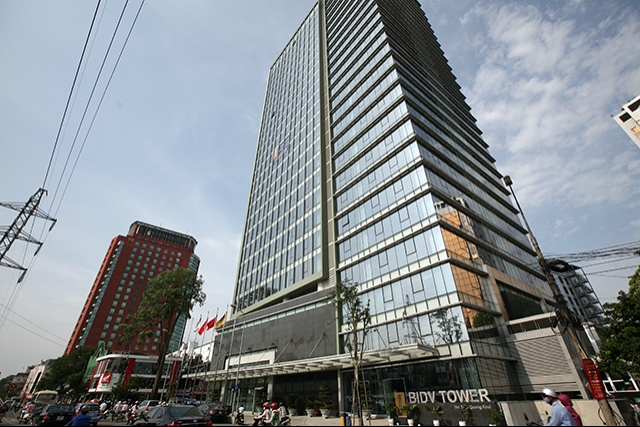The actual bad debts at some banks have been found to be higher than reported following audits, the State Audit Office of Vietnam (SAV) wrote in a report released on July 19.

Banks have not classified their debts correctly and there is no clear and transparent picture of the country's banking sector as a whole, a report from the State Audit Office of Vietnam reveals.
SAV has recently announced the results of inspection and supervision efforts by the State Bank of Vietnam (SBV) on 13 financial institutions in the 2011-2015 period.
At BIDV, SAV adjusted its Type 1 debts down by VND379.6 billion ($16.9 million), Type 2 up by VND187.7 billion ($8.4 million), Type 3 up by VND133.1 billion ($5.9 million), Type 4 up by VND27.5 billion ($1.2 million), and Type 5 (uncollectible debts) up by VND9.5 billion ($424,600).
At VietinBank, SAV adjusted Type 1 debts down by VND142.4 billion ($6.3 million), Type 2 up by VND106.9 billion ($4.8 million), and Type 5 up by VND35.5 billion ($1.6 million).
At Vietcombank, it adjusted Type 1 debts down by VND142.2 billion ($6.4 million), Type 2 up by VND144.8 billion ($6.5 million), Type 3 down by VND1.2 billion ($53,600), Type 4 down by VND14.4 billion ($643,500), and Type 5 up by VND19.2 billion ($858,000).
Banks have not classified their debts correctly, the SAV believes. Bad debt at the policy bank, Vietnam Development Bank (VDB), were reported to have increased quickly after its audit, with bad debts incurred rising to 11.05 per cent of total debts at the end of 2014, up 68 per cent compared to 2013.
The SAV praised the effectiveness and flexibility of SBV’s monetary policy during this period, which solidified macro-economic targets according to the socioeconomic plan. Monetary policy continues to balance growth and stability objectives.
According to SAV, in addition to ensuring reasonable cash injections, SBV’s current policy mix of continued exchange rate flexibility, a gradual build-up of foreign exchange rate reverses and fiscal consolidation has seen credit growth targets and the target for the total value of payments in 2016 reached. Market liquidity has also improved.
Credit growth remained higher during the first few months of this year, tripling the pace of nominal GDP growth and expanding by an average of about 6 per cent since the beginning of the year, equivalent to roughly 18 per cent year-on-year, according to SAV.
Regarding the performance of the 13 financial institutions, the SAV revealed that commercial banks and insurance companies have a safe rating in their operations, with ten of eleven commercial banks recording profits.
Financial institutions and commercial banks still face difficulties, however, especially because of instances of derogation of duty.
The bad debt ratio at Vietnamese banks was reported at 2.9 per cent at the end of 2015, according to SBV.
However, this is only the official number, Mr. Sebastian Eckardt, the World Bank (WB)’s Senior Economist, said.
“This only partly reflects the asset quality problem in the banking system, as it does not include non-performing assets held by the Vietnam Asset Management Company (VAMC),” he wrote in the WB’s latest economic update on Vietnam, released on July 19.
“Including non-performing loans (NPLs) held by VAMC, total non-performing assets in the banking system exceed 7 per cent.”
Since its establishment in July 2013, VAMC had absorbed VND208.6 trillion ($9.5 billion) in bad assets in exchange for zero interest bonds as at May 2016, according to VAMC Chairman Nguyen Quoc Hung.
In 2014 it only resolved VND627 billion ($28 million) out of VND9.6 trillion ($431 million) in transferred bad debts during the year.
Mr. Eckardt thinks the effectiveness of VAMC as a solution for bad debts remains limited. “Although this mechanism has reduced NPLs reported by the banks, the relief provided to them is only temporary,” he said.
“The true level of problem loans is likely to be understated. While banks are required to gradually provision against assets transferred to VAMC, the underlying credit and associated capital impairment risks have not been fully eliminated, especially since less than 5 per cent of the transferred bad debts have been resolved.”
NPLs, according to financial institutions’ reports at the end of 2014, totaled VND145.2 trillion ($6.6 billion) (up VND28.7 trillion, or $1.3 billion), a 24.6 per cent increase against the end of 2013 and 3.25 per cent of total debts.
The SBV reported the bad debt ratio as being 4.83 per cent.
VN Economic Times